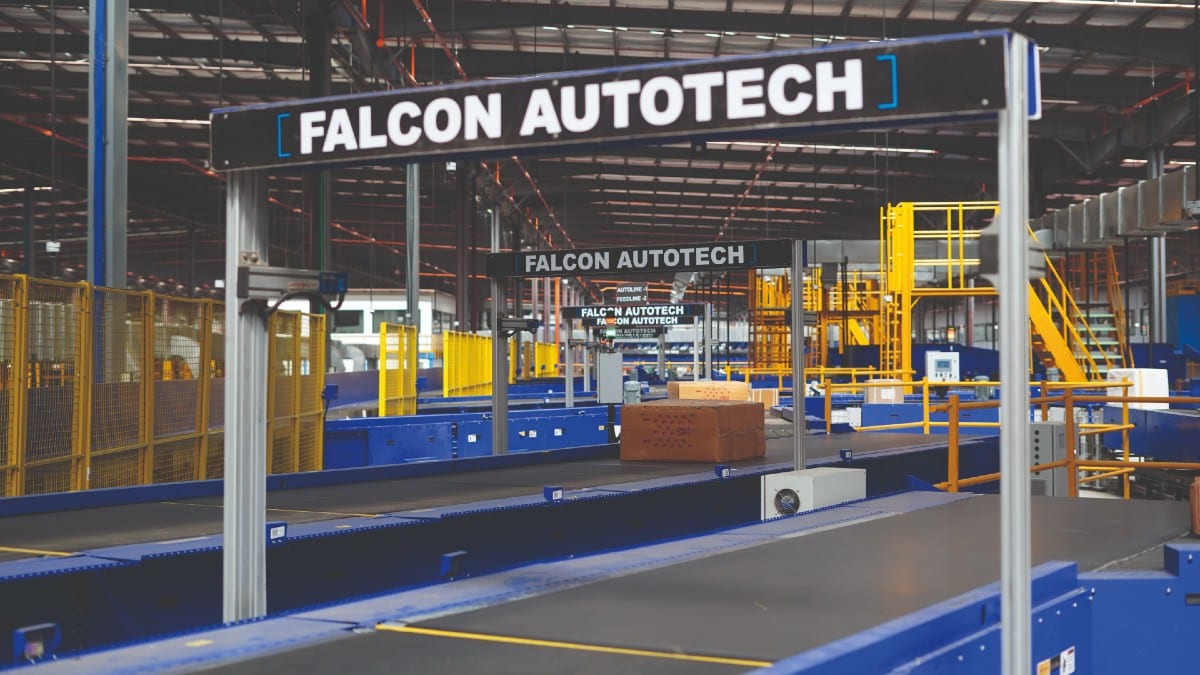The e-commerce landscape is evolving rapidly, driven by ever-increasing consumer expectations for speed and reliability. To keep up, companies are investing in innovative strategies and technologies to enhance their supply chain operations. Here’s how they’re doing it.
Embracing Automation
Automation is at the forefront of transforming e-commerce fulfillment. Automated systems can significantly reduce the time it takes to process and ship orders. Robots and automated guided vehicles (AGVs) streamline the movement of goods within warehouses. These technologies minimize human error and increase efficiency.
Furthermore, automation helps in handling peak times like holiday seasons. Companies can scale up operations without the need for extensive additional labor. This scalability is crucial for meeting the fluctuating demands of the e-commerce market.
Micro-fulfilment Centers
The adoption of micro-fulfilment centers (MFCs) is another game-changer. MFCs are small, localized warehouses that bring products closer to consumers. This proximity allows for faster delivery times and reduced shipping costs. Companies like Amazon and Walmart are leading the way in deploying these centers across urban areas.
MFCs are often equipped with advanced technologies, including automation and robotics. These features enable them to process orders quickly and efficiently. By leveraging MFCs, companies can offer same-day or next-day delivery, meeting the high expectations of today’s online shoppers.
Advanced Warehouse Management Systems
Efficient inventory management is critical for e-commerce success. Advanced Warehouse Management Systems (WMS) play a vital role in this aspect. These systems provide real-time tracking of inventory, ensuring that stock levels are always accurate. This visibility helps in preventing stockouts and overstock situations.
WMS also integrates with other systems like order management and transportation management. This integration creates a seamless flow of information, enhancing overall supply chain efficiency. Companies can track orders from the moment they are placed until they are delivered, providing a better customer experience.
Leveraging Data Analytics
Data analytics is another powerful tool for optimizing supply chain operations. By analyzing data, companies can gain insights into consumer behavior, demand patterns, and operational inefficiencies. This information helps in making informed decisions and predicting future trends.
For instance, predictive analytics can forecast demand for specific products, allowing companies to stock accordingly. This proactive approach minimizes the risk of stockouts and reduces excess inventory. Additionally, data analytics can identify bottlenecks in the supply chain, enabling companies to address issues promptly.
Enhancing Customer Experience
Ultimately, all these innovations aim to enhance the customer experience. Today’s consumers expect fast, reliable, and transparent service. They want to know the status of their orders at every stage and receive their purchases quickly.
By investing in automation, MFCs, advanced WMS, and data analytics, companies can meet these expectations. These technologies not only improve operational efficiency but also ensure that customers receive their orders on time. This reliability builds trust and encourages repeat business.
Future Outlook
The future of e-commerce fulfillment looks promising with continuous advancements in technology. As companies adopt these innovations, they will be better positioned to handle the growing demands of the market. Automation will become more sophisticated, micro-fulfilment centers will proliferate, and data analytics will become even more integral to decision-making.
In conclusion, the e-commerce supply chain is undergoing a significant transformation. By embracing automation, micro-fulfilment centers, advanced WMS, and data analytics, companies are elevating their fulfillment operations. These changes are not just about keeping up with the competition; they are about exceeding customer expectations and driving growth in the e-commerce sector.







